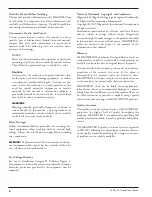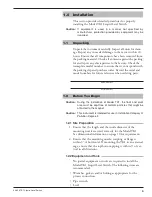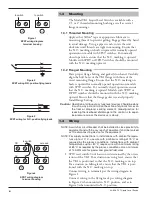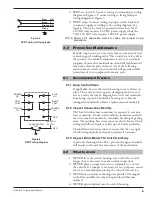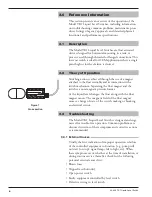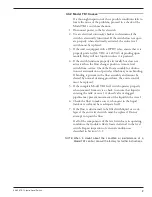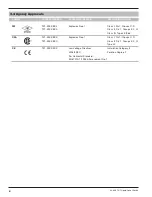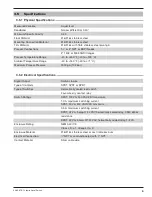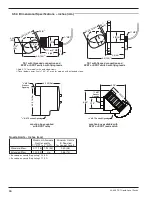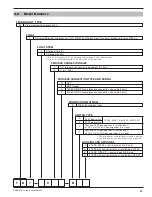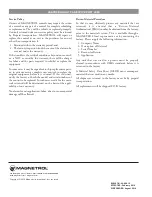
3.3.2 Model TK1 Causes
If a thorough inspection of these possible conditions fails to
locate the cause of the problem, proceed to a check of the
Model TK1’s switch mechanism.
1. Disconnect power to the level switch.
2. Use an electrical continuity checker to determine if the
switch is electrically functional. If the switch does not oper-
ate properly when electrically activated, the entire level
switch must be replaced.
3. If the unit is equipped with a DPDT relay, ensure that it is
properly powered (24 VDC or 120 VAC depending upon
model). Relay will not function unless it is powered.
4. If the switch functions properly electrically but does not
activate when the float changes position, remove level
switch from service. Check the float assembly for obstruc-
tions or accumulation of particles which may cause binding.
If binding is present in the float assembly and cannot be
cleared by normal cleaning procedures, the entire control
must be replaced.
5. If the complete Model TK1 level switch operates properly
when removed from service, check to ensure that liquid is
entering the tank or vessel. A closed valve or clogged
pipeline may prevent movement of the liquid in the vessel.
6. Check the float to make sure it is buoyant in the liquid
(tank or vessel must have adequate level).
7. If the float is determined to be filled with liquid or is col-
lapsed, the entire level switch must be replaced. Do not
attempt to repair the float.
If all of the components of the level switch are in operating
condition, the trouble is likely located external to the level
switch. Repeat inspection of external conditions as
described in Section 3.3.1.
NOTE: When in doubt about the condition or performance of a
Model TK1 control, consult the factory for further instructions.
44-608 TK1 Liquid Level Switch
7


